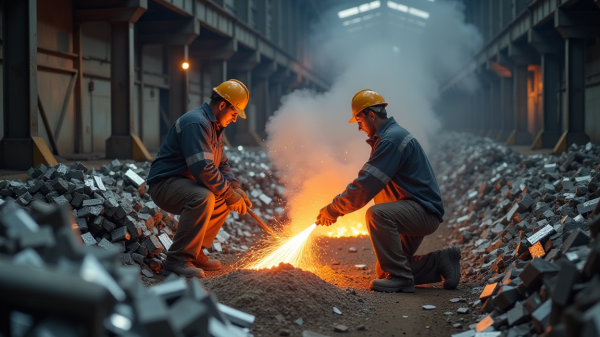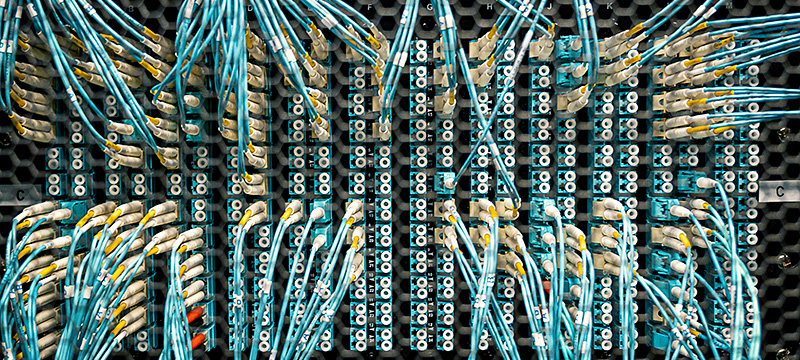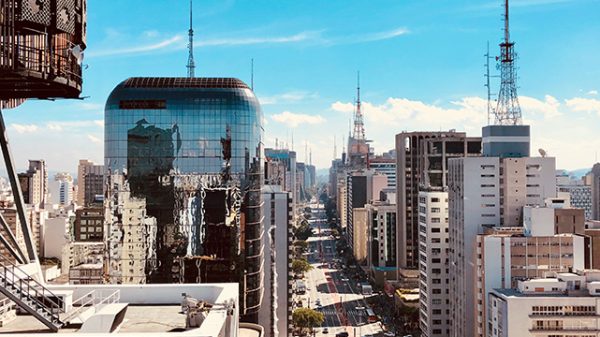Modern life runs on a quiet background hum, one that’s usually ignored or simply taken for granted. Walk down any high street in London, ride the Tube, switch on a kettle at home – everything just works. Lights flicker to life, cash registers beep, and traffic flows (at least on good days). What ties these mundane miracles together isn’t some flamboyant wizardry but a legion of uncelebrated components. Who is the unsung backbone? Devices and systems are built from thousands of tiny parts that no one ever sees. Blink and miss them, yet they hold cities together like glue. Nobody notices until it fails.
The Unseen Connections
Open up the back panel of an ATM or peer into a railway signal box, and one finds far more than wires and switches. Here comes the circular connector, that squat bit of hardware that links power and data with uncompromising reliability. One twist locks it in place against weather and vibration (and yes, the odd cup of spilt coffee). It isn’t glamorous work holding together underground fibre links or hospital monitoring devices, but it’s essential all the same. Without this component, even basic tasks like purchasing a tram ticket would turn into unpredictable events. Reliability depends on repetition. Hidden technologies never sleep, so everything else can.
Everyday Networks Operate Quietly
A commuter inserts an Oyster card at King’s Cross and expects instant validation. That sense of ease is anything but accidental. The network between the reader and the payment processor involves entire chains of microcontrollers talking across secure channels each second. Most people think only about Wi-Fi or mobile signals when discussing networks. Yet, copper traces zigzag beneath the surface everywhere: inside lifts, touchscreen kiosks, and even basic lighting grids in shopping centres. Faults rarely announce themselves with drumrolls. One loose sensor knocks out half a floor’s lights silently before anyone notices there’s something wrong at all.
Small Parts Keep Big Systems Running
Consider how quickly trains grind to a halt for want of one functioning relay switch or why baggage conveyors stall if one circuit board overheats in the July sun pouring through airport skylights. The continuity looks seamless from afar, but zoom closer, and the picture drips with redundancy and replacements stacked just offstage, ready to leap into service when needed most. Engineers spend weeks testing connectors for resistance to dust or salt spray because urban infrastructure cannot afford tea breaks, regardless of weather reports dropping dire warnings about storms rolling in from the Channel.
Progress Hides Inside Incremental Changes
Innovation doesn’t always march in with noise and spectacle. Sometimes it tiptoes forward by making yesterday’s best practices invisible today. Subway platforms swap out old insulation sleeves for new materials that last twice as long as their predecessors without any fanfare whatsoever. A new housing estate uses updated connection schemes. Hence, energy meters talk directly to central billing, with fewer manual readings required per year – not headline news, perhaps, but efficiency is creeping upward all the same. Something gets stronger every time engineers shave seconds off repair times by choosing smarter sockets behind public charging points.
The Invisible Web of IoT
Beneath the surface of this physical infrastructure, a parallel digital layer is steadily expanding: the Internet of Things. Connected sensors and smart modules now relay temperature, vibration, and usage data across transport systems, energy grids, and public services in real time. These IoT devices depend on the same dependable connectors and network components to survive harsh environments and constant use. From smart streetlights that adjust brightness based on pedestrian flow to automated monitoring of water mains, the IoT quietly extends the intelligence of cities through billions of silent connections. It’s the meeting point of data and durability—where physical reliability meets digital insight.
Conclusion
Take away these hidden helpers for even an afternoon, and the city slows and then stops altogether, not loudly but inexorably, as if falling asleep mid-sentence after midnight reading sessions stretched too late. Everyday convenience doesn’t rest on obvious changes. Rather, it balances atop generations’ worth of incremental upgrades threaded through tunnels under streets nobody remembers digging anymore. Progress rewards attention to details that are often overlooked by most people, except for those responsible for maintaining operations quietly and without recognition—a silent partnership between old and new technology that characterises modern infrastructure globally.
The post How Everyday Infrastructure Relies on Hidden Technologies Like Connectors appeared first on IoT Business News.























